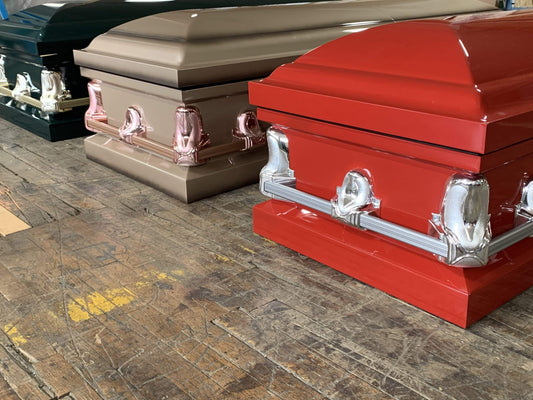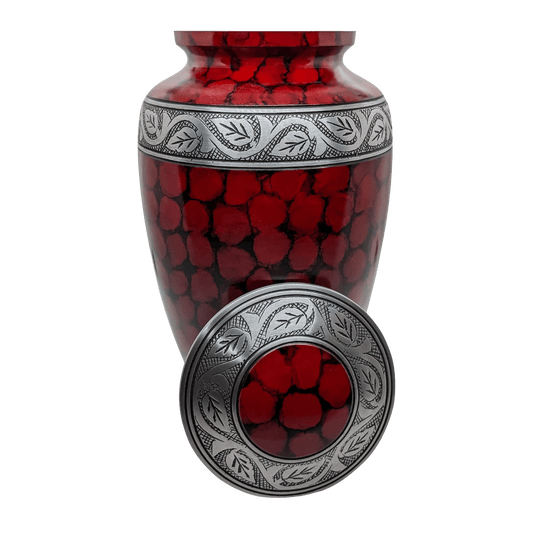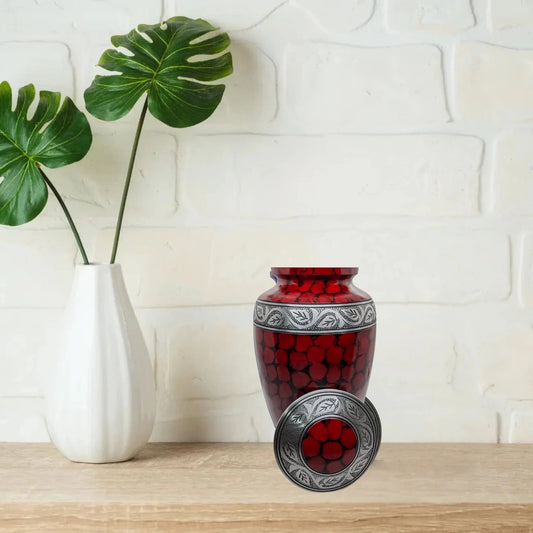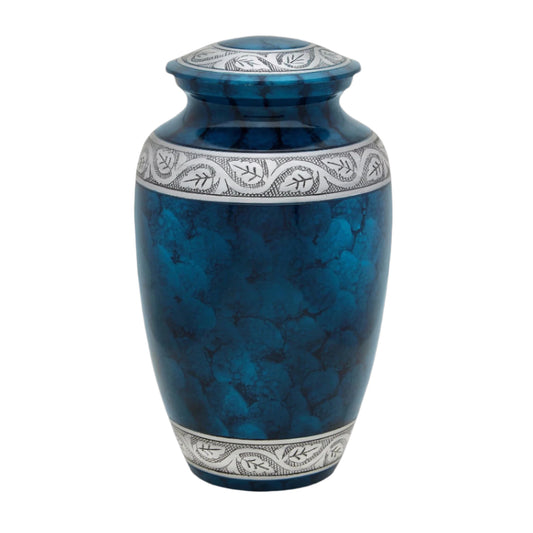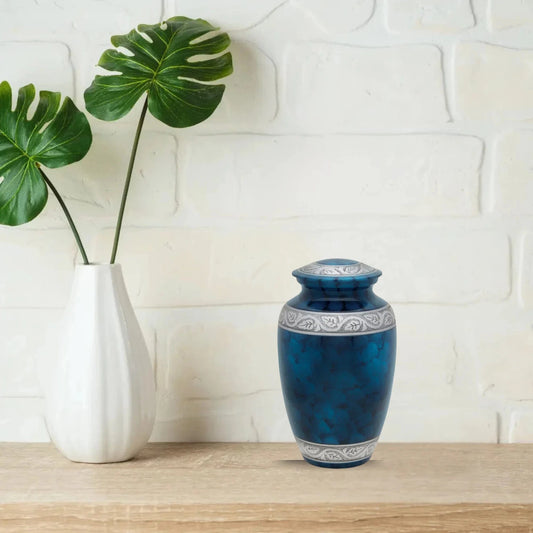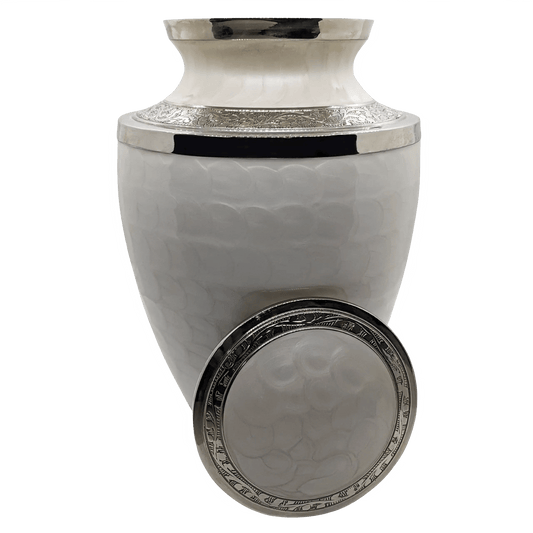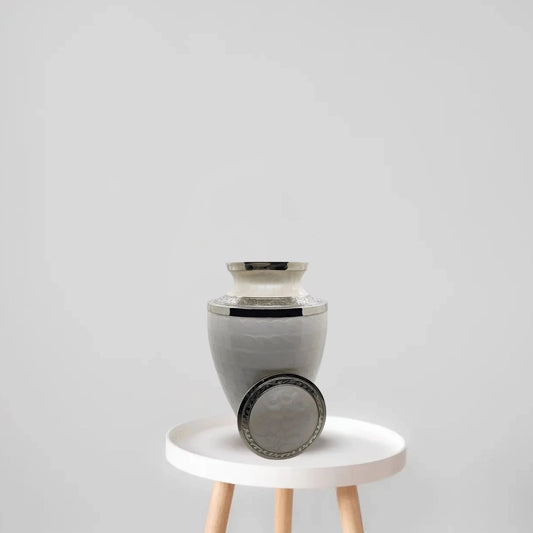Deciding between a funeral and cremation is one of the biggest choices a family can make with regard to their loved one’s final arrangements. Those who choose cremation also have to weigh various options ranging from a direct cremation to one with a funeral or memorial service. After cremation, another very important decision families face is how and where to store their loved one’s ashes; some opt to scatter them in a place of emotional significance, while others choose to keep the remains in an urn (it’s possible to scatter some and store the rest, too). Let’s discuss some of the possibilities.
Plan Your Farewell with Grace – Our Pre-Planned Caskets Offer Peace of Mind
Scattering A Loved One’S Ashes
Once the cremation process is complete, families must decide what they would like to do with their loved one’s cremains. Some decide to scatter the deceased ashes in a location that is meaningful to the person who has passed, which can be a beautiful way to honor someone’s memory.
If you decide to scatter your loved one’s ashes in a specific location, you’ll need to research the rules and regulations for doing so. These regulations may vary from state to state (and even by city or county); generally speaking, however, if you’re choosing to scatter the ashes on public property, the laws are fairly flexible. Within national parks, a permit is usually required. If you choose a private property, you will need to get permission from the owner of that property beforehand; scattering ashes without permission on private property (or scattering them despite being refused permission) is illegal.
Many people choose to scatter their loved one’s ashes at sea, a practice which is permitted by the EPA. The main rule to bear in mind here is that the ashes must be scattered at least three nautical miles from land. (Note that this rule is specific to ocean waters; you’ll need to research local rules regarding lakes, rivers or other bodies of water, as they can be very different.)
Storing A Loved One’S Ashes In An Urn
You may prefer to keep your loved one’s ashes in an urn (or similar receptacle), rather than scattering them. If that’s the case, the first thing you and your family will need to decide is where the remains will be stored.
Some people opt to bury the deceased’s cremated remains in a cemetery plot (as with a casket); others find it more comforting to keep the remains close to them in an urn at home or in another place of honor. It is certainly possible to divide the ashes among people and places; this can be done by the funeral home or crematorium director, or you and your family can do it yourselves. You can specify different amounts for different people (for example, some family members may want a very small amount to hold in a smaller container like a keepsake or a necklace locket).
Choosing The Right Urn
For the most part, the urn that you choose is down to personal preference. Unless you provide them with guidance otherwise, the funeral home or crematorium will typically provide the deceased’s remains to you in a study plastic bag, which is then placed inside a cardboard box; if you plan to scatter your loved one’s ashes, this temporary receptacle may be all that you require. If you are planning to display the ashes, however, you’ll likely want to choose something a bit more durable and commemorative.
There are some practical elements that you should consider first, such as the size of the urn that you need; if you are keeping all of the cremains in one receptacle, then you’ll need a larger-size urn than if you are splitting the cremains among family members. In terms of aesthetics, you have many options - from elegant wood to sleek marble or polished brass. You can also personalize the urn with elements that reflect the life and personality of your loved one. Engraving, for example, is a common decorative element on urns; laminated photos of the deceased are sometimes laser-engraved onto the urn as well.
Ultimately, there is no right or wrong answer when it comes to deciding how to honor your loved one’s remains. From scattering ashes to storing them in a decorative urn (or a combination of the two), the goal is to provide a sense of peace and closure to the family while also honoring the deceased’s wishes.
Do you have other questions about any other issues relating to end-of-life services? Titan Casket is here to help you get the funeral you want at a fair price.ß

![Upgrade to Premium Weight [18-gauge steel]](http://titancasket.com/cdn/shop/products/casketthicknesswithnumbers.png?v=1680642906&width=533)
